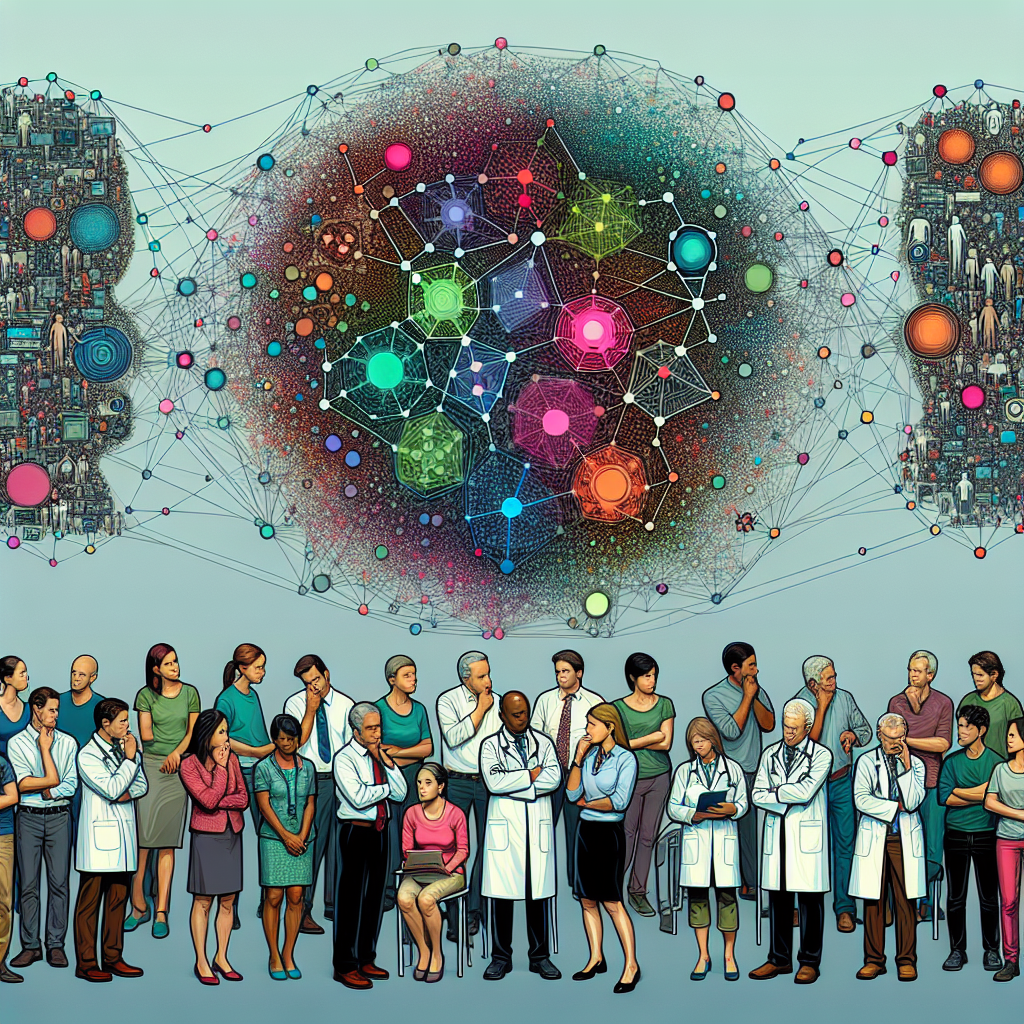Artificial General Intelligence (AGI) is a term used to describe a form of artificial intelligence that can understand, learn, and apply knowledge across a wide range of tasks, much like a human being. While current AI systems are specialized in specific tasks, AGI aims to replicate the broad capabilities of human intelligence. The development of AGI has the potential to have a profound impact on society and the workforce, with both opportunities and challenges arising from its implementation.
Impact on Society
One of the key impacts of AGI on society is the potential for increased automation across various industries. AGI has the ability to perform a wide range of tasks more efficiently and accurately than humans, leading to the automation of jobs that were previously thought to be immune to technological disruption. This could result in significant job displacement, particularly in industries that rely heavily on manual labor or routine tasks.
On the other hand, AGI also has the potential to create new industries and job opportunities. As tasks become automated, new roles will emerge that require human oversight, creativity, and problem-solving skills. AGI could also lead to advancements in fields such as healthcare, transportation, and education, improving the quality of life for many individuals.
Another important impact of AGI on society is the potential for increased inequality. As automation displaces low-skilled workers, those with the skills to work alongside AGI or develop and maintain AI systems will be in high demand, leading to a growing gap between the rich and the poor. It will be essential for policymakers to address these disparities and ensure that the benefits of AGI are shared equitably among all members of society.
Impact on the Workforce
The introduction of AGI into the workforce will have a significant impact on the nature of work itself. Tasks that were previously considered too complex or time-consuming for automation may now be performed by AGI, leading to a shift in the skills and competencies required for many jobs. Workers will need to adapt to this changing landscape by acquiring new skills and staying updated on the latest technological advancements.
AGI also has the potential to improve workplace productivity and efficiency. By automating routine tasks, employees can focus on more strategic and creative aspects of their work, leading to increased innovation and problem-solving. However, this shift may also require organizations to restructure their workforce and retrain employees to work alongside AGI effectively.
FAQs
Q: Will AGI replace all human workers?
A: While AGI has the potential to automate a wide range of tasks, it is unlikely to completely replace human workers. Many jobs require a level of creativity, emotional intelligence, and social interaction that AI systems are unable to replicate. Instead, AGI is more likely to augment human capabilities and improve workplace efficiency.
Q: How will AGI impact job creation?
A: While AGI has the potential to automate many tasks, it also has the potential to create new job opportunities in industries that require human oversight, creativity, and problem-solving skills. As tasks become automated, new roles will emerge that require a human touch, leading to a shift in the composition of the workforce.
Q: What measures can be taken to address the potential negative impacts of AGI on society?
A: Policymakers, businesses, and educators must work together to address the potential negative impacts of AGI on society. This includes investing in education and training programs to help workers transition to new roles, implementing policies that promote equitable access to AI technologies, and fostering innovation in industries that are likely to be disrupted by automation.
In conclusion, the impact of AGI on society and the workforce will be profound, with both opportunities and challenges arising from its implementation. While AGI has the potential to automate many tasks and improve workplace efficiency, it also has the potential to displace workers and create inequality. It will be essential for policymakers, businesses, and educators to work together to address these challenges and ensure that the benefits of AGI are shared equitably among all members of society.

